The cobblestone streets of Novi Sad come alive as the sun sets over the Petrovaradin Fortress. What was once a quiet university town transforms into a pulsating hub of energy, with the sounds of electronic beats and traditional Balkan brass bands spilling out from open-air venues. This is Serbia's festival season in full swing - a phenomenon that has become an unexpected engine for the country's nighttime economy.
Over the past five years, Serbia has quietly established itself as one of Europe's premier festival destinations. The crown jewel remains EXIT Festival, the massive music event held each July in the 18th-century fortress overlooking the Danube. What began as a student protest movement in 2000 has grown into a cultural institution that attracted over 200,000 visitors this year - with foreign tourists accounting for nearly 60% of attendees.
The ripple effects of this festival boom are being felt across Serbia's service economy. Hotel occupancy rates in Novi Sad routinely hit 98% during major events, while restaurants report doubling their usual turnover. Perhaps most significantly, the nighttime spending patterns of festival-goers have created what economists are calling a "secondary tourism economy" that extends well beyond the concert grounds.
Local business owners have adapted creatively to this influx. Kafanas (traditional Serbian taverns) that would typically close by midnight now operate until dawn, serving rakija cocktails to international crowds. Pop-up food stalls offering ćevapi and pljeskavica dot the city center, while boutique hotels have converted rooftops into after-party spaces with panoramic views of the fortress. Even the city's public transportation runs extended hours during festival periods.
Official statistics reveal the scale of this transformation. The Serbian Ministry of Tourism reports a 40% year-on-year increase in foreign visitors during the summer festival season, with particularly strong growth from Western Europe and Asia. More strikingly, these tourists spend on average 63% more per day than conventional visitors - with most expenditures occurring between 10 PM and 4 AM.
The economic impact extends far beyond Novi Sad. Belgrade has capitalized on its reputation as a nightlife destination, with many festival-goers extending their trips to experience the capital's famed splavovi (floating river clubs). Smaller towns along festival routes report increased patronage at family-run guesthouses, as music fans embark on regional tours combining cultural sites with nightlife.
This festival-driven tourism model has proven remarkably resilient. While other European destinations struggled with post-pandemic recovery, Serbia saw record numbers in 2023. Industry analysts attribute this to several factors: relatively affordable prices compared to Western Europe, an increasingly sophisticated event infrastructure, and Serbia's visa-free access for many non-EU nationals.
The human dimension of this boom becomes apparent walking through Novi Sad's pedestrian zone at 2 AM. Groups of Spanish and Italian twenty-somethings debate which afterparty to attend, while German techno enthusiasts compare notes on the day's performances. Local university students work as festival volunteers by night and tour guides by day, their multilingual skills suddenly in high demand.
Cultural exchange flows both ways. International visitors develop unexpected affinities for turbo-folk music, while Serbian DJs find new overseas fanbases. Restaurateurs have adapted menus to include vegan options and craft cocktails alongside traditional fare. Even the city's architecture has been transformed, with historic buildings repurposed as cultural spaces and derelict industrial sites converted into edgy event venues.
Challenges remain, of course. Some residents complain about noise and overcrowding, prompting city officials to implement stricter sound ordinances. The rapid growth has strained infrastructure at times, with transportation networks particularly taxed during peak arrival and departure days. There's also growing concern about maintaining authenticity as commercialization increases.
Looking ahead, Serbia appears committed to nurturing this festival economy while addressing its growing pains. The national tourism board has launched targeted marketing campaigns in fifteen countries, highlighting Serbia's unique blend of music, history and nightlife. Municipal governments are investing in permanent festival infrastructure, recognizing that these events have become year-round economic drivers rather than seasonal occurrences.
As another summer night fades into dawn over the Danube, the numbers tell a compelling story. What began as niche music events have blossomed into a comprehensive nighttime economy that supports thousands of jobs and introduces Serbia to a new generation of travelers. The country has effectively rewritten the playbook for cultural tourism - proving that strategic investment in music and youth culture can yield dividends far beyond the festival gates.
The true measure of success may ultimately be intangible. Ask any local business owner about the changes, and they'll likely mention more than just revenue figures. There's a renewed sense of pride in their city's cultural vibrancy, and genuine excitement about sharing it with the world. In Serbia's case, economic growth and cultural identity appear to be dancing to the same beat - one that shows no signs of slowing down.

By Lily Simpson/Apr 7, 2025
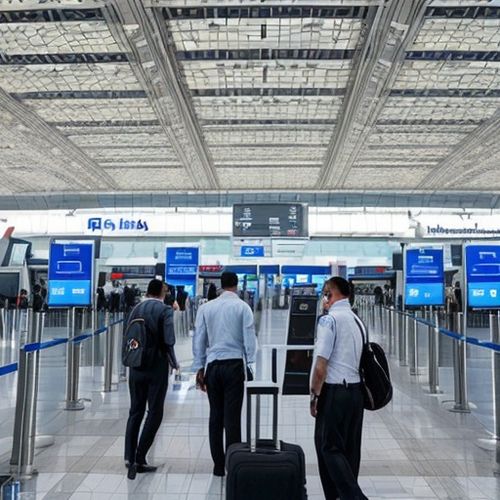
By Samuel Cooper/Apr 7, 2025
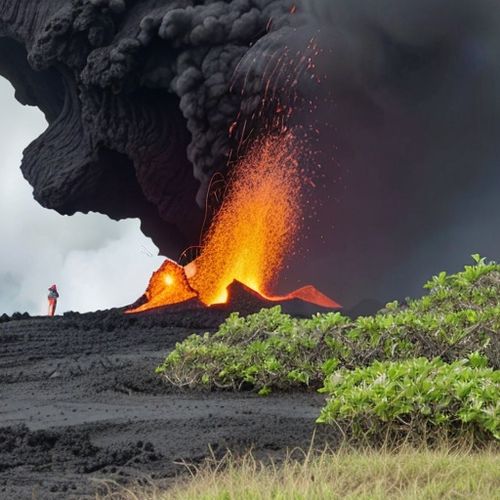
By Rebecca Stewart/Apr 7, 2025
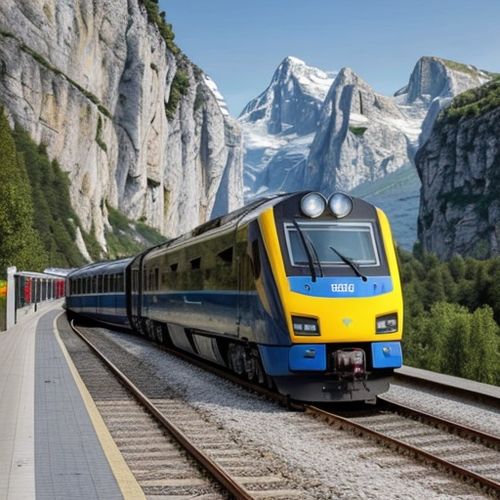
By Sarah Davis/Apr 7, 2025

By Rebecca Stewart/Apr 7, 2025
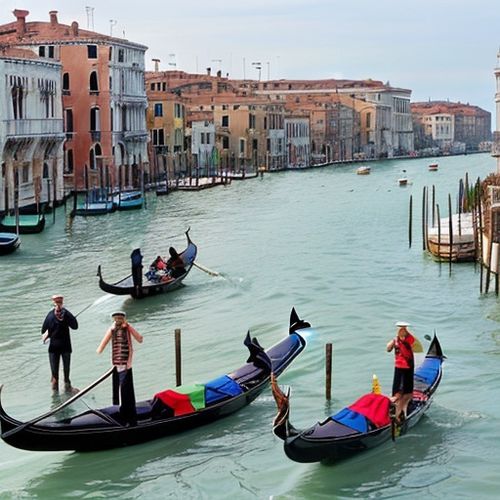
By Amanda Phillips/Apr 7, 2025
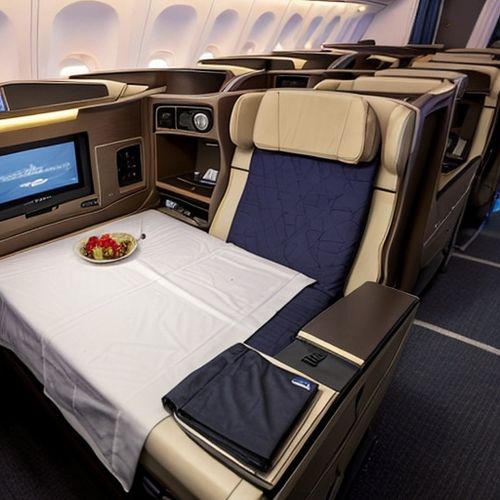
By Natalie Campbell/Apr 7, 2025
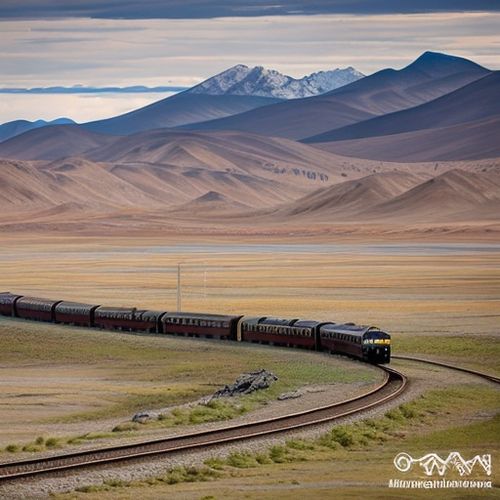
By Jessica Lee/Apr 7, 2025
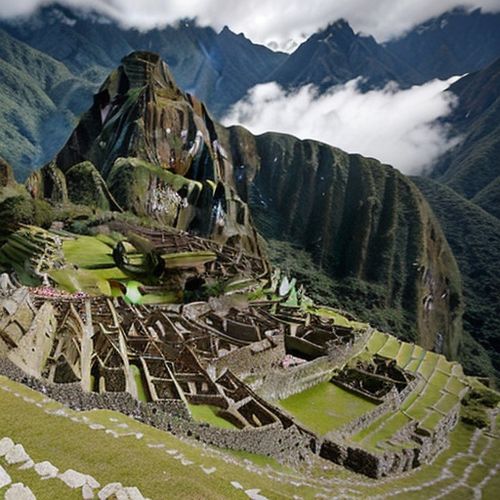
By Thomas Roberts/Apr 7, 2025
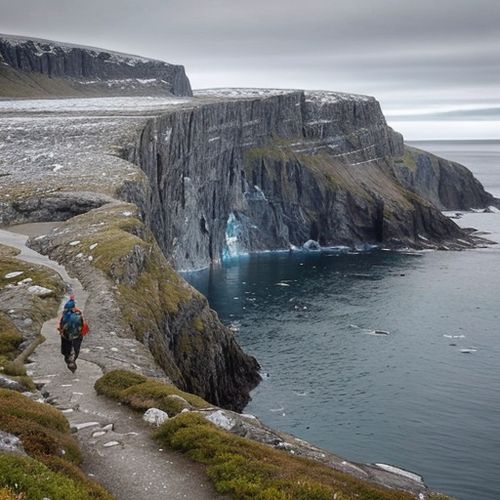
By Daniel Scott/Apr 7, 2025
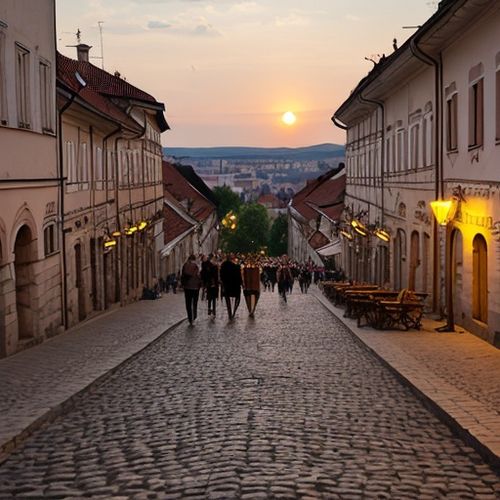
By Emily Johnson/Apr 7, 2025

By Victoria Gonzalez/Apr 7, 2025
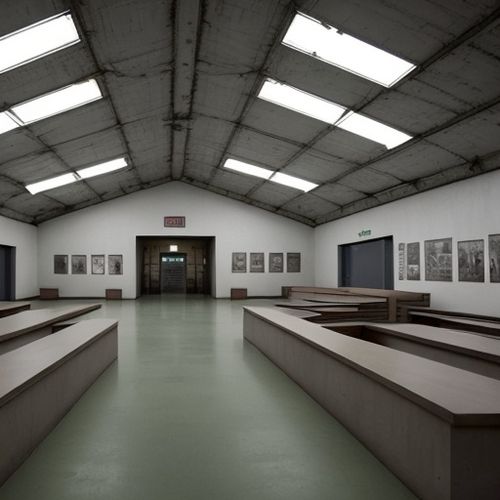
By George Bailey/Apr 7, 2025
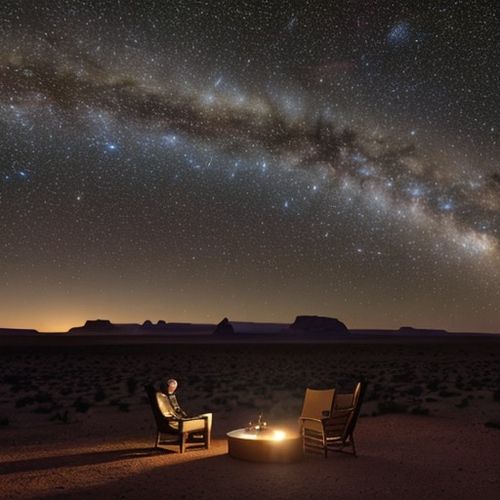
By Rebecca Stewart/Apr 7, 2025
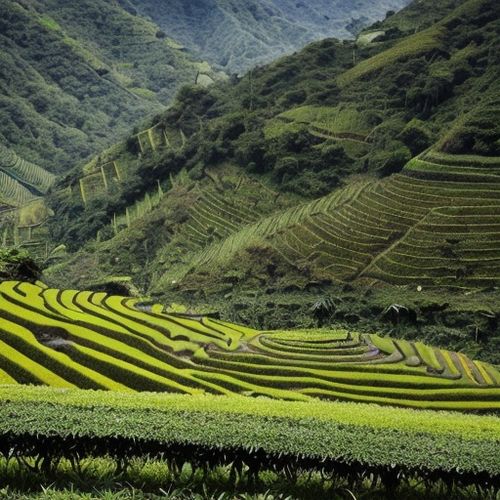
By Elizabeth Taylor/Apr 7, 2025
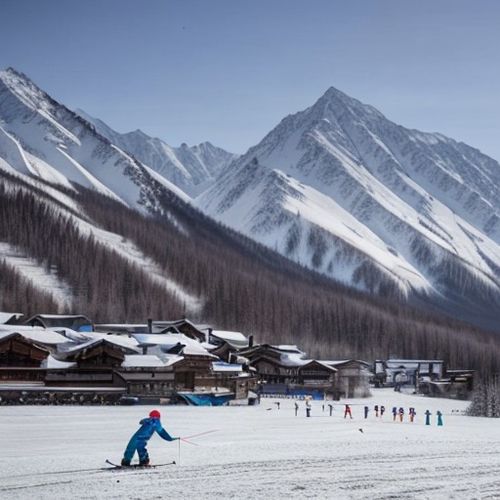
By Thomas Roberts/Apr 7, 2025
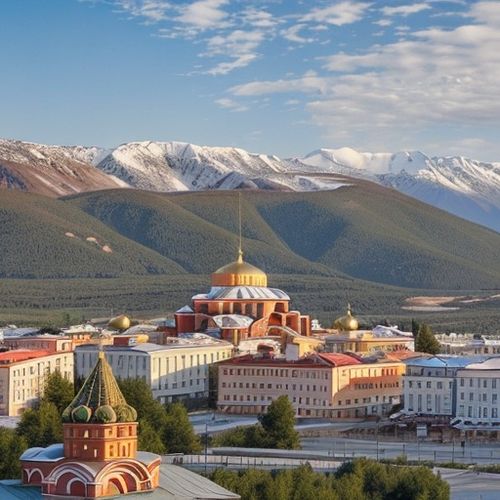
By Lily Simpson/Apr 7, 2025